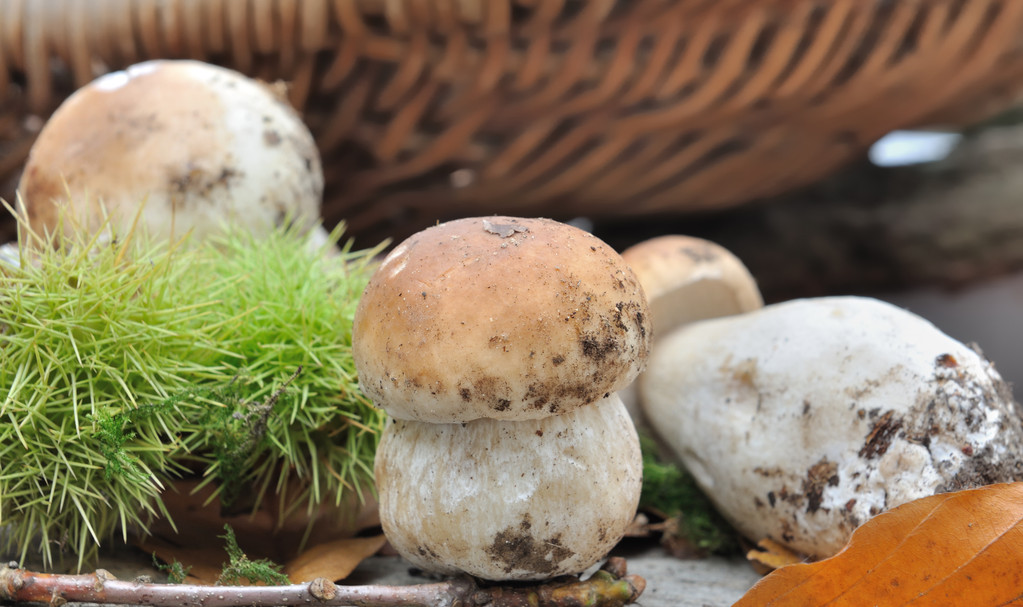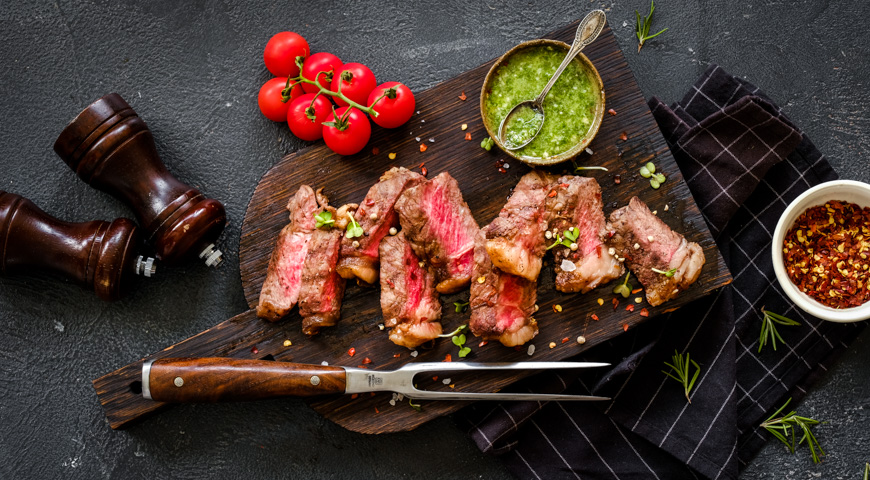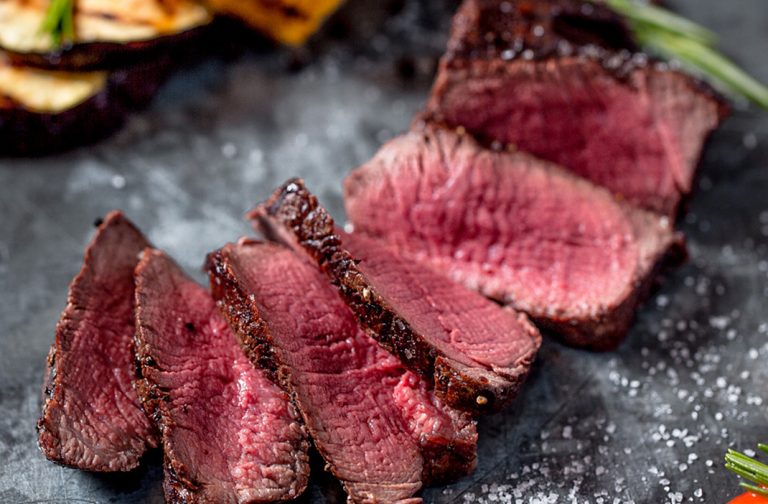Raw coffee beans are not edible for people. Therefore, the beans have to be roasted in order to be able to use them for the preparation of coffee. The roasting process heats the coffee beans dry as they are exposed to atmospheric pressure. Experts distinguish several roasts and use various devices for coffee root. Coffee lovers can also roast raw coffee beans to make their own coffee.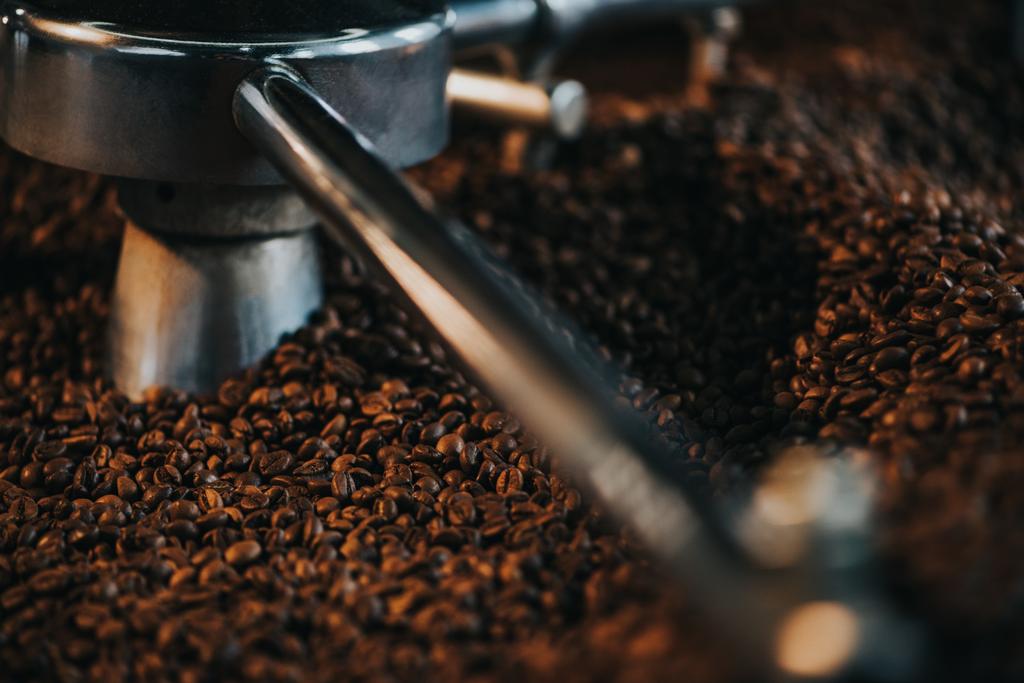
The history of the coffee root
The most famous types of coffee in the world are Arabica and Robusta. Wildly growing Arabica coffee occurs primarily in Ethiopia, where the coffee plant was first mentioned in writings in the 9th century. The first roasting of coffee beans has only been handed down, which, for example, state that shepherds chew the fruits of a coffee shrub and spat into the fire because of the bitter taste. This is said to have spread the aroma of the beans and the people began to roast the coffee beans in large iron pans over the fire. Then the beans were crushed in a mortar or roughly ground. The coffee powder obtained in this way was boiled together with water and sugar in a bulbous container and drunk from small shells.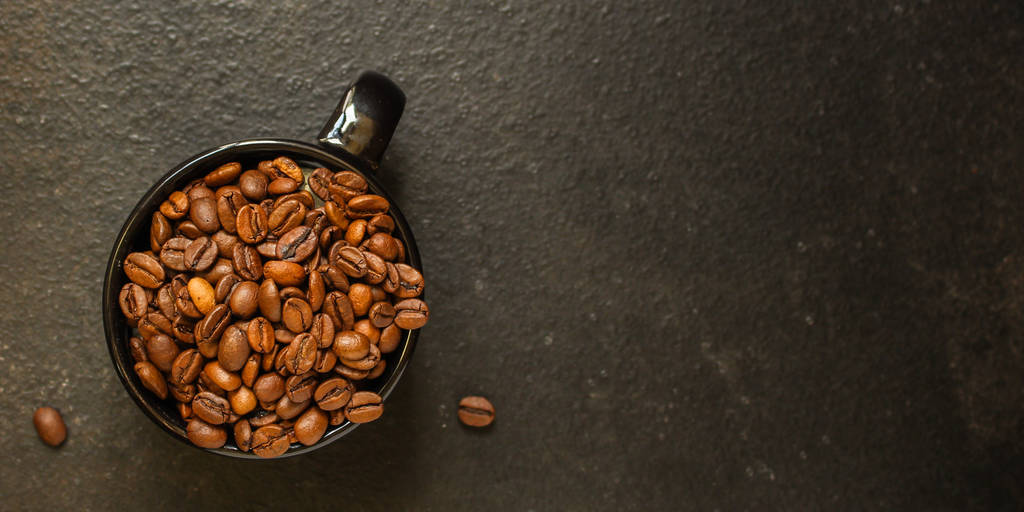
A small guide to the self -blossom
If you want to roast coffee beans yourself, you first need raw coffee. The green beans offer well -stocked specialist dealers either in their shop or via the Internet. The raw coffee beans can be roasted in different ways. A standard frying pan is sufficient for the first attempts. The pan must be heated to approximately 180 ° C to 190 ° C. The temperature should be checked with a cooking thermometer. Then the bottom of the pan is covered with a layer of coffee beans that must not lie on top of each other. Regular switching of the beans is very important so that they do not burn. The color change can be observed well and after the first crackle a light roast degree is reached. With this roasting method, the first crackle takes place after about seven minutes. For a better aroma, it is recommended to wait for the second crack that can be heard after about twenty minutes. As an alternative to the frying pan, the beans can also be spread on a baking sheet and given in the preheated oven. Here, too, the beans have to be turned regularly and the temperature in the oven must be approximately 220 ° C so that the beans do not bake. The baking time is about five minutes up to the first crackle, after another five minutes the coffee beans should be turned. This is followed by a further roast time in the oven of about three to five minutes, the temperature is not changed. With both methods, the coffee beans have to cool down well before they are stored or ground. When roasting, the beans lose their outermost layer of skin, which has to be carefully removed. Alternatively, Römautomats for home use are also offered in specialist shops, with which household amounts of coffee beans can be roasted. Hobbyists have also deposited instructions on the Internet how they built a coffee roaster from a chicken grill or a popcorn machine.

